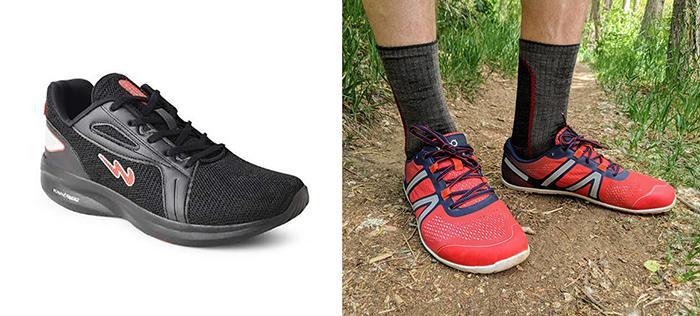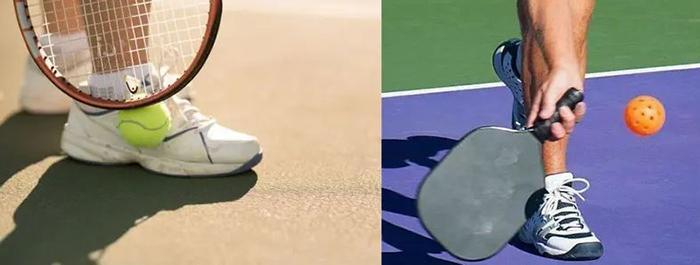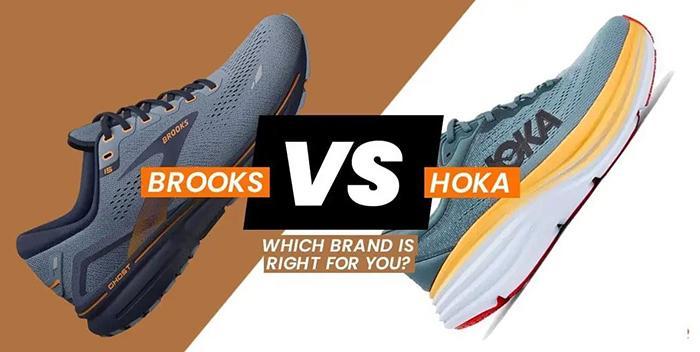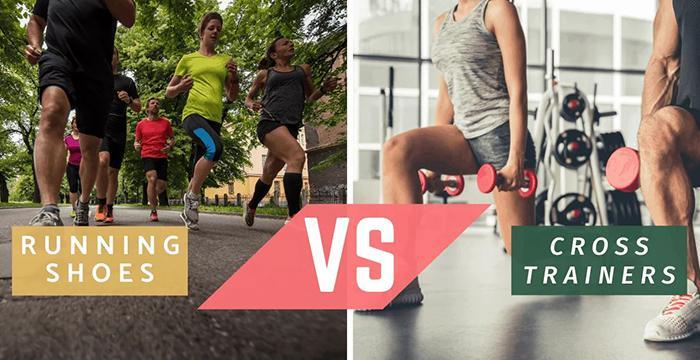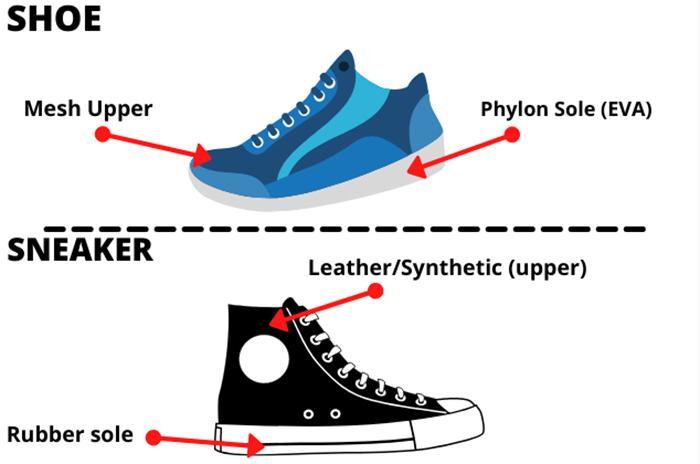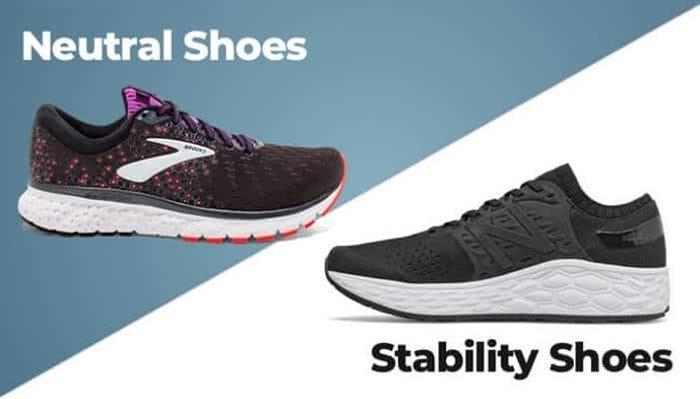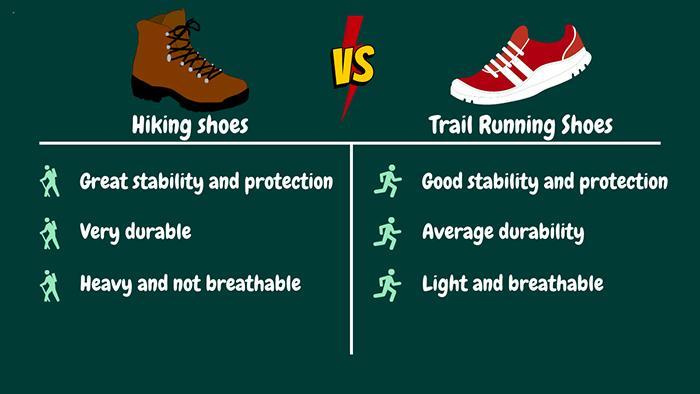Are you tangled up in the world of camera accessories, specifically when it comes to distinguishing between hot shoe and cold shoe mounts?
These two components may appear similar but serve unique functions within photography and videography.
You Are Watching: Hot Shoe Vs Cold Shoe Updated 07/2024
This insightful guide exists to demystify their differences, applications, and how they can improve your image taking process.
Stick around as we dive into this vital aspect of capturing perfect shots.
What is a Hot Shoe?
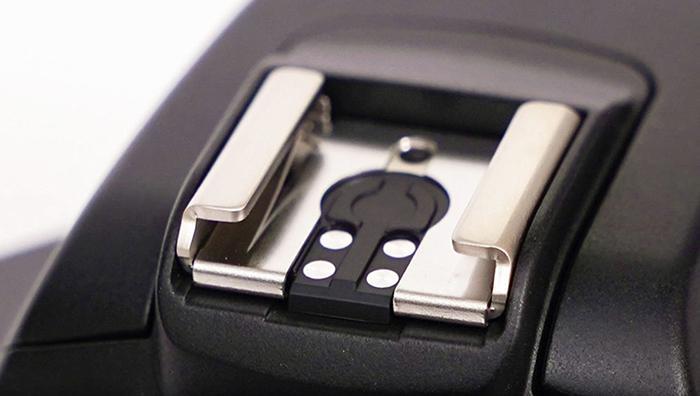
Purpose of a hot shoe
A hot shoe plays a critical role in photography, acting as an intelligent and interactive mount on top of your camera. It’s not just about holding accessories like external flashes or microphones securely in place.
Thanks to its electronic connections, the hot shoe opens the line of communication between these add-ons and your camera itself.
For instance, with a flash mounted onto a hot shoe, you can adjust flash timing directly from your camera settings.
Not only does this eliminate manual syncing issues but also helps achieve perfect lighting for each shot without any hassle.
So the purpose of a hot shoe extends beyond mere physical support; it’s about improving overall control over accessory functions and capturing higher-quality images effortlessly.
How it is used in photography
The hot shoe is an essential accessory in photography, allowing photographers to easily attach external flash units and other accessories to their cameras.
By simply sliding the accessory into the metal bracket on top of the camera body, photographers can instantly enhance their lighting capabilities and capture stunning images.
Read More : What Shoes To Wear With Black Sequin Dress Updated 07/2024
The hot shoe’s electronic connections enable seamless communication between the camera and accessory, ensuring precise control over settings like exposure, flash synchronization, and even wireless triggering.
This versatile tool opens up a world of creative possibilities for photographers looking to experiment with different lighting techniques and capture professional-level shots.
On the other hand, the cold shoe also plays a crucial role in photography by providing a simple mount for attaching accessories that don’t require electrical connections.
It offers a practical solution for mounting items like microphones or LED lights securely onto camera rigs or tripods without any wiring hassle.
What is a Cold Shoe?
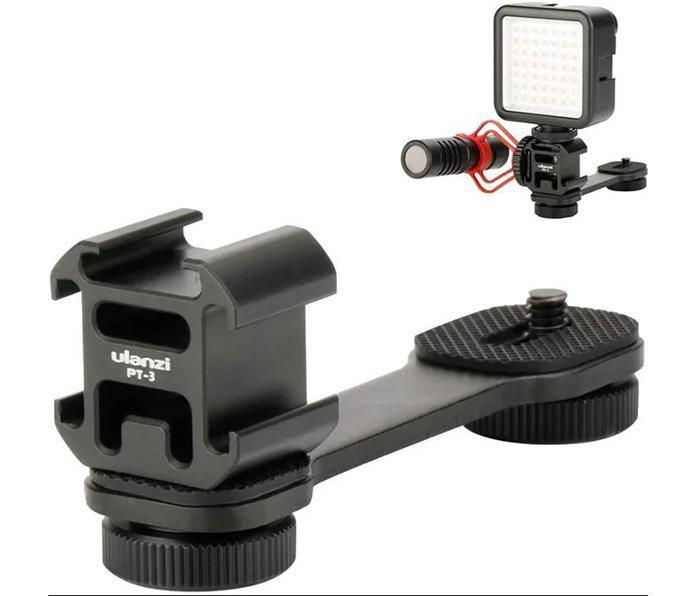
Purpose of a cold shoe
A cold shoe is a type of mount used in photography and videography to attach accessories such as external flashes, microphones, and LED lights to a camera or tripod.
Unlike a hot shoe, a cold shoe does not have electronic connections and cannot transmit information.
Its main purpose is to provide a secure attachment point for accessories that do not require two-way communication with the camera.
A cold shoe can be used as a stand-alone mount for certain accessories, allowing photographers to effectively expand their creative possibilities.
It is commonly made of metal or plastic and offers stability and convenience when attaching various devices to enhance your photography experience.
How it is used in photography
A hot shoe and a cold shoe are both camera mounts used in photography to attach accessories like flashes, microphones, and LED lights. The hot shoe is equipped with electronic connections that allow two-way communication between the accessory and the camera, enabling information transmission.
This means you can control settings and trigger functions directly from the camera. On the other hand, a cold shoe serves as a simple mounting platform without any electrical connections.
It’s perfect for attaching accessories that don’t require communication with the camera.
Read More : Are Nmds Running Shoes Updated 07/2024
Whether you’re a professional photographer or an amateur enthusiast, having either a hot or cold shoe mount gives you the flexibility to enhance your photography experience by easily adding different accessories according to your creative needs.”.
Differences Between Hot Shoe and Cold Shoe
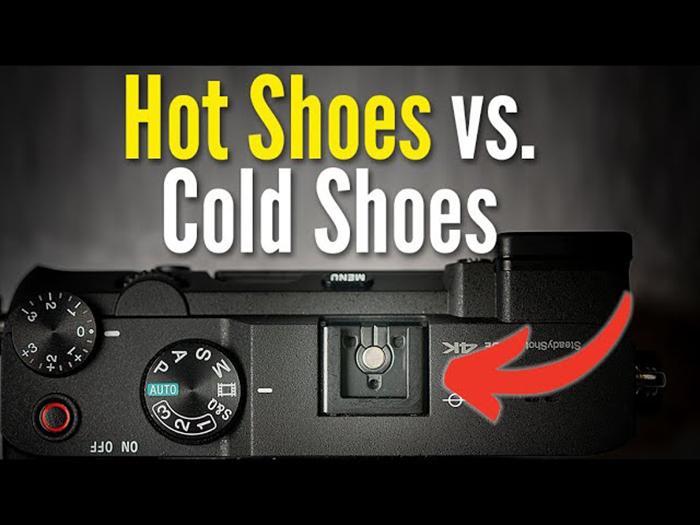
Electrical connections
- A hot shoe has electrical connections that allow for communication between the camera and the attached accessory. This enables features such as TTL (Through-The-Lens) metering and automatic flash sync.
- The electrical connections in a hot shoe transmit information from the accessory to the camera, such as aperture settings or zoom control. This allows for seamless integration and control of the attached accessory with the camera’s settings.
- On the other hand, a cold shoe does not have any electrical connections. It is simply a physical mount that provides a platform for attaching accessories like flashes or microphones to a camera or tripod.
- Without electrical connections, a cold shoe cannot transmit any information from the accessory to the camera. Manual adjustments and control are required when using accessories attached to a cold shoe.
- While a hot shoe offers more advanced functionality due to its electrical connections, a cold shoe is still versatile and allows for easy attachment of basic accessories without the need for complex electronic integration.
- Some photographers prefer using cold shoes because they offer simplicity and compatibility with a wider range of accessories. They can be used with both modern electronic devices and older manual ones that do not require electrical communication.
- more important factors for you, then a cold shoe may be sufficient for your needs.
- Ultimately, whether you choose a hot shoe or a cold shoe depends on your specific preferences and requirements as well as the type of accessories you plan to attach to your camera or tripod.
Compatibility with different camera accessories
The compatibility between hot shoes and cold shoes with various camera accessories is an important factor to consider when selecting the right shoe mount for your photography needs.
Hot shoes, with their electronic connections, offer a wider range of compatibility as they can transmit information between the accessory and the camera.
This means that you can easily attach external flashes, microphones, LED lights, and other accessories that require two-way communication.
On the other hand, while cold shoes lack electrical connections, they are still highly versatile.
They can be used to mount flash units or any accessory that doesn’t require electronic communication with the camera.
Additionally, adapters are available to convert a hot shoe into a cold shoe or vice versa, providing even more flexibility in terms of accessory compatibility.
Choosing Between Hot Shoe and Cold Shoe
- Determine the type of camera equipment you primarily use, as different cameras may have different types of shoe mounts.
- Consider the specific accessories you plan on attaching to your camera. Some accessories may require a hot shoe with electronic connections for full functionality.
- Think about the level of customization and control you desire over your camera setup. A hot shoe allows for two-way communication between the accessory and the camera, providing more options for adjustment and control.
- Evaluate your budget. Hot shoes tend to be more expensive than cold shoes due to their electronic capabilities.
- Assess the durability and stability of the shoe mount. Look for a sturdy construction that can securely hold your accessories in place during shooting.
- Research compatibility with other camera equipment. Ensure that the shoe mount you choose is compatible with your tripod or other mounting systems.
- Consider the ease of use and convenience of each type of shoe mount. Some photographers may prefer the simplicity and versatility of a cold shoe, while others may value the added features of a hot shoe.
- Take into account any future upgrades or additions you may make to your camera setup. Planning ahead can help ensure that your chosen shoe mount will meet your needs in the long run.
Pros and cons of each shoe type
| Hot Shoe | Cold Shoe | |
|---|---|---|
| Pros |
|
|
| Cons |
|
|
Understanding these pros and cons can help you select the right shoe for your photography needs, maximizing the potential of your equipment.
Conclusion
In conclusion, choosing between a hot shoe and a cold shoe ultimately depends on your photography needs and the accessories you plan to use.
The hot shoe offers electrical connections for two-way communication with the camera, while the cold shoe provides a simple, sturdy mount without electronic capabilities.
Consider the compatibility of accessories and the level of functionality required before making your decision.
Whichever shoe you choose, both options are essential tools in expanding your camera’s capabilities and enhancing your photography experience.
Sources: https://www.centuryinshoes.com
Category: Shoes

